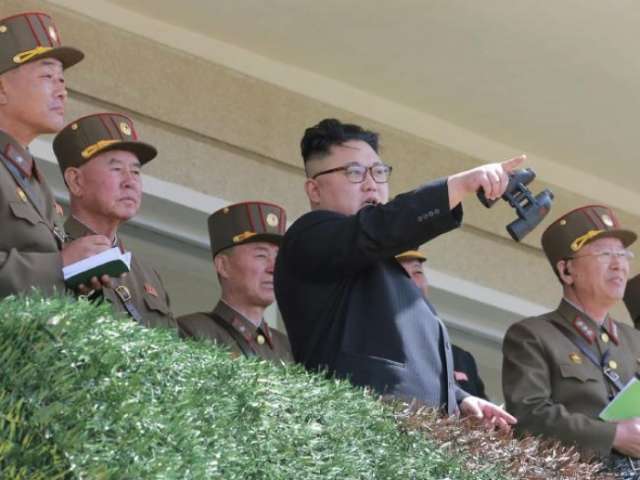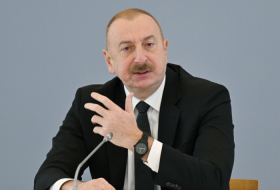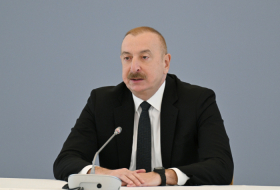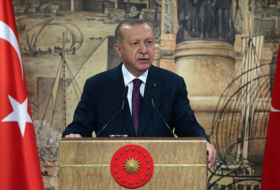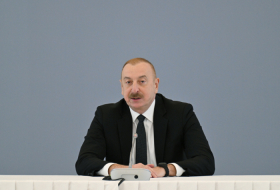“North Korea’s latest successful missile test represents a level of performance never before seen from a North Korean missile,” said John Schilling, an aerospace engineer who specializes in rockets. This means North Korea might be only one year, rather than the expected five, from having an ICBM, he said.
The latest launch was widely condemned, with the White House calling North Korea a “flagrant menace” and urging allies to impose stronger sanctions. South Korea and Japan also condemned the launch.
Releasing the first photos of the launch — something Pyongyang does with missiles it deems successful — North Korea’s state media said that it was a “new ground-to-ground medium long-range strategic ballistic rocket” that it called Hwasong-12.
It used a reentry vehicle capable of delivering a warhead to a target, the Korean Central News Agency reported.
“If the U.S. dares opt for a military provocation against the DPRK, we are ready to counter it,” the agency said, using the abbreviation for North Korea’s official name.
“If the U.S. awkwardly attempts to provoke the DPRK, it will not escape from the biggest disaster in the history,” the agency quoted Kim as saying. “The U.S. should not . . . disregard or misjudge the reality that its mainland and Pacific operation region are in the DPRK’s sighting range for strike and that it has all powerful means for retaliatory strike.”
Although North Korea is known for its florid rhetoric, experts are concerned that it is making substantial progress toward Kim’s stated goal of developing an intercontinental ballistic missile.
North Korea fired a ballistic missile early Sunday, sending it from a launch site near its border with China 435 miles into the sea between the Korean Peninsula and Japan.
Analysts think the Hwasong-12 could be the “mystery missile” displayed in a huge military parade in Pyongyang last month, which appeared to be a smaller version of its KN-08 ICBM.
The missile flew for 30 minutes, much longer than other recent missile launches, meaning that it went straight up rather than trying to fly as far as possible — a path that would have sent it over Japan.
“This was a single-stage liquid rocket but it was still using high-energy fuel, so it probably had a really great range,” said Melissa Hanham of the James Martin Center for Nonproliferation in California, after poring over the North Korean photos. “This is the longest-range intermediate range ballistic missile they have shown us, and it could be part of an ICBM,” she said.
David Wright, co-director of the global security program at the Union of Concerned Scientists, said the missile appeared to have reached an apogee of about 1,240 miles.
If it had been launched on a standard trajectory, it would have a technical range of 2,800 miles, he said. That would easily put the U.S. territory of Guam within range.
“This clearly tells us they have several different development programs going on,” Wright said.
Schilling, the aerospace engineer, said that the latest launch demonstrated only what might be able to reliably strike the U.S. military base on Guam.
“But more importantly, [it] may represent a substantial advance to developing an intercontinental ballistic missile,” Schilling wrote in a post for 38 North, a specialist website devoted to North Korea.
This could be a “hedge” against U.S. military action against it, he said.
The Trump administration has repeatedly said that all options are on the table to stop North Korea from advancing its nuclear weapons and missile programs. The president has signaled that this includes military action.
Tensions had cooled down somewhat since the heated words of April, when the United States and South Korea were conducting joint military exercises and an aircraft carrier strike group was ordered back to the peninsula.
In mid-April, North Korea put on a huge military parade, displaying several new kinds of missile models, and conducted two missile launches, although neither was successful.
/Washington Times/
More about: #NorthKorea








